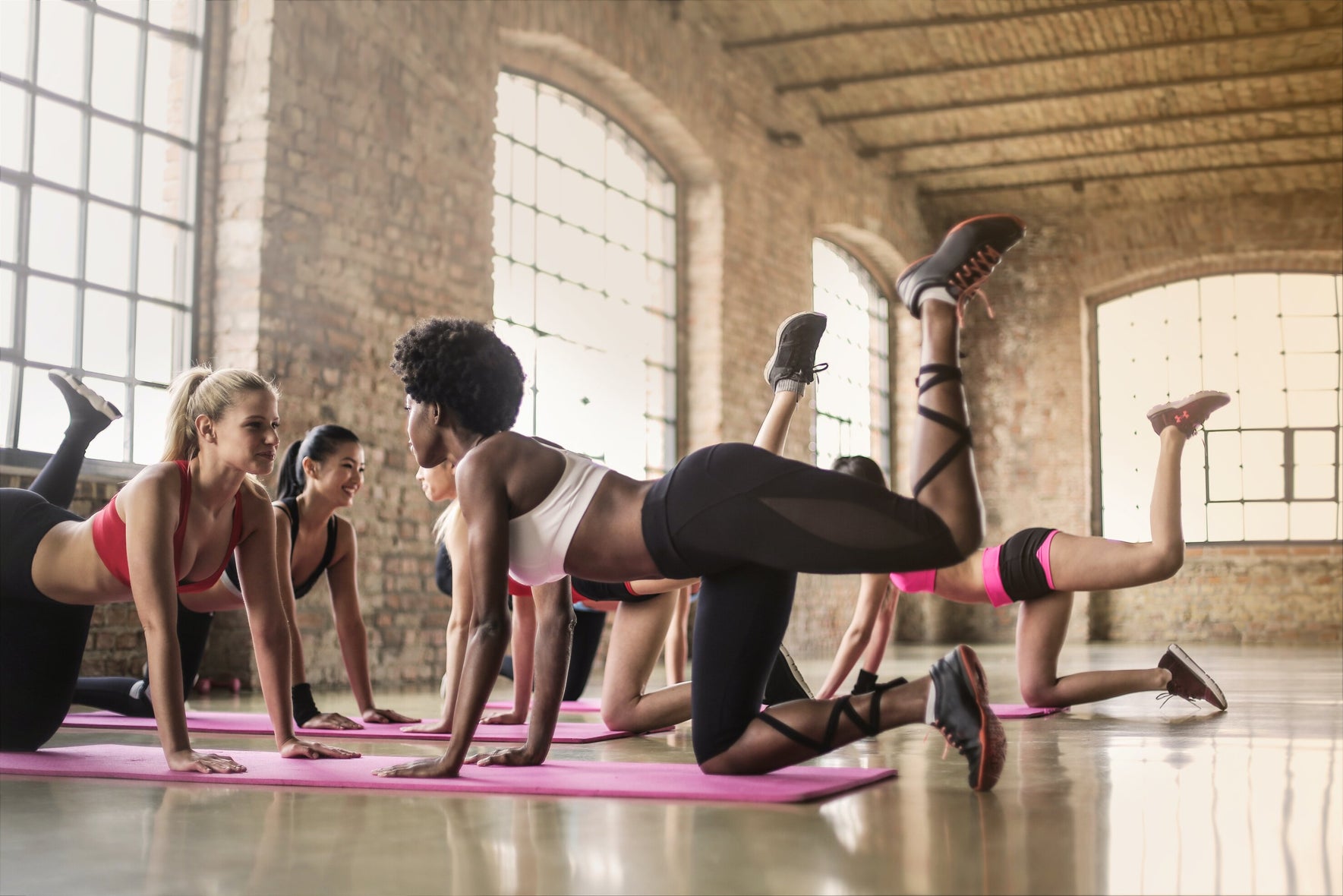
The Impact of Oestrogen on Exercise
Oestrogen is one of the main female sex hormones and is needed for several important bodily functions including puberty, the menstrual cycle, pregnancy and bone strength. Throughout a menstrual woman’s cycle, oestrogen levels rise and fall which can impact including mood and emotions – and whether or not you feel like exercising.
Depending on where you are in your cycle, you might be more prone to injury, which means it’s more important than ever to train carefully. One effect of high oestrogen that you get during the middle phase of your cycle is more lubricated joints. Although that sounds like a benefit, extra lubrication can make them laxer and more susceptible to injury. To avoid injury, keep any impact low during this phase so as not to place extra stress on your joints and incorporate a 10-minute dynamic warm up into your routine.
Oestrogen also has a powerful effect on your body’s serotonin production, which helps you feel more energised and positive, not to mention more motivated. Take advantage of this phase and factor in some workouts that will capitalise on this sense of buoyed motivation.
Right before the end of your menstrual cycle and just before the bleeding phase, oestrogen levels drop right down, which may mean you find it more difficult to muster the motivation to exercise. According to a 2021 study involving mice, when oestrogen production slows down or stops, such as during menopause, the impulse to be physically active decreases. Given that humans share many of the same hormones, neurons and genes as mice, it’s comparable enough to shed some light on how oestrogen impacts brain activity in women. If you’re finding it hard to muster the energy to move, take it gently and slowly. A short 15-minute walk will help boost your energy; gentle yoga stretches, or some light weights will also work.



